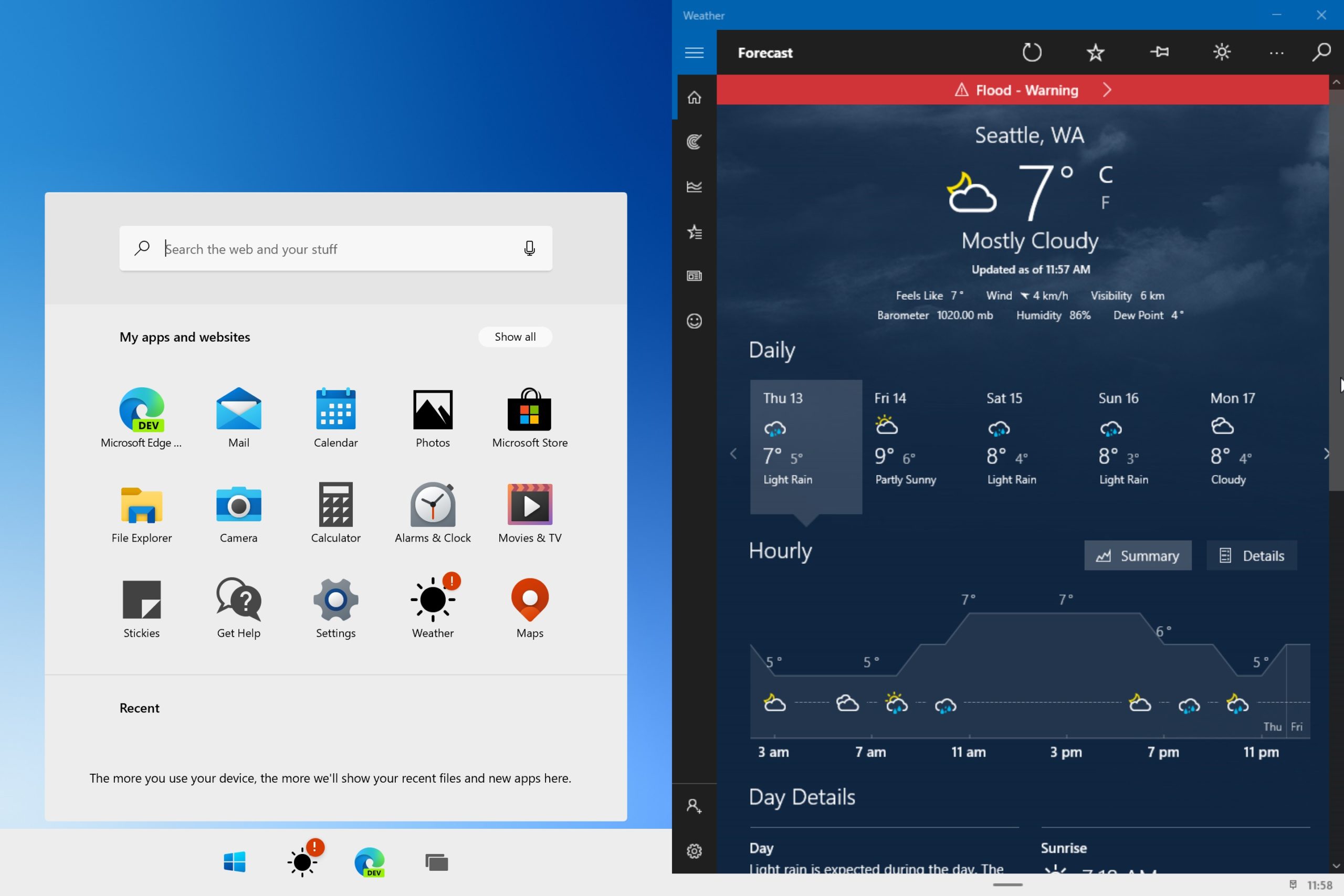How many times do you get pulled into a lengthy email thread with a group of co-workers? Are your team communications hard to document and scattered among multiple programs? How can your work group more easily collaborate, chat, and share important files and resources? Your solution is Microsoft Teams. Teams is a cloud-based collaboration tool that is part of the Microsoft Office 365 suite of applications. The core capabilities of Microsoft Teams include:
- Creating and managing work groups
- Communicating through chat/instant messaging
- Connecting with audio calling
- Launching impromptu or scheduled video meetings
- Sharing files and links
- Documenting work and resources
- Simplifying access to other Office apps
With Teams, work groups within an organization can collaborate on content across different devices (laptops, tablets, and smartphones), and across multiple platforms including Windows and Mac. In addition, with Microsoft Teams, a team can also invite outside partners such as vendors, service providers, and consultants to participate in the collaboration and conversations as well as the sharing of resources. This is a big plus to productivity and project management.
Better Than Slack & Google Hangouts
At its core, Teams is a chat-based workspace that features group and private/instant messaging, with threaded and persistent conversations. Although Teams competes with similar products like Slack and Google Hangouts, Microsoft Teams is more robust, is included with Office 365, and connects with other Office 365 applications including Excel, Word, OneNote, Planner, and SharePoint. This integration with other Microsoft Office programs creates a more fluid, seamless portal and experience.
Note: If your organization is currently using Skype for Business for instant messaging, it’s likely you will see a move to Teams as Skype for Business has a sunset date (end of life) in 2020.
Customize with Channels
Teams are made up of channels which can be organized by topic, projects, or departments. Channels are quite flexible as they store meeting history, chat, shared files or resources, and other communications that can be easily searched. In addition, each channel can be customized with tabs for apps such as SharePoint, Planner, OneNote, as well as files and other shared resources. Planner is an easy-to-use Office 365 application to create to-do or action items for members of a workgroup and then track progress of each action for a project or team.
Communicating with a specific channel member or even the entire team is also easy with @ mentions. Fortunately, the Activity tab in Teams makes it simple to catch up on all your unread messages, @mentions, replies, and more. Like other messaging services, Teams communications can also include emojis and GIFs, an essential part of any business communication <grin>.
Video & Voice Meetings
Within a team-based messaging thread, you can easily schedule voice and video meetings or launch a quick impromptu meeting with little effort. Teams meetings can even be scheduled from Microsoft Outlook. Regardless of the method used for scheduling meetings, these are be synced with Outlook to keep you on track. Video meetings can be launched with specific contacts or within a channel and it’s easy to create a recording of the meeting. Microsoft Teams includes a cool artificial intelligence (AI) feature called blur background. With such a mobile and remote workforce, this tool lets you eliminate a cluttered or unprofessional background of a call while still engaging with each participant on the call.
Microsoft Teams Resources
To save time working with Microsoft Teams, grab a handout of Teams keyboard shortcuts at http://thesoftwarepro.com/teams.
Dawn Bjork
















